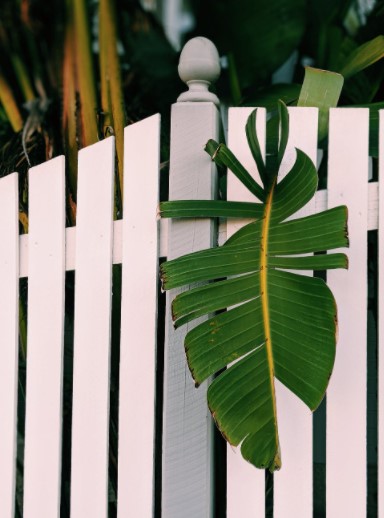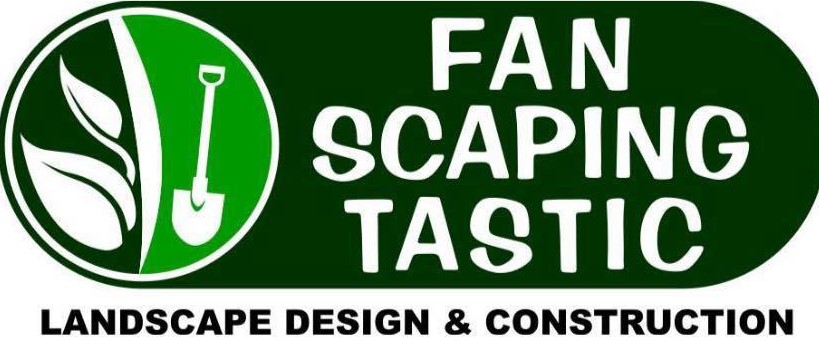
Modern Fence Design: What’s The Buzz?
It doesn’t matter what kind of garden you have or what type of landscaping you want to do. Modern fence design will maximize curb appeal more than any other factor.
Boundaries can make your garden feel small or spacious. It can give you some privacy from your neighbors and avoid the annoying barks of dogs.
Thus, for these reasons, it’s important to invest in a pleasant fence for your garden. And we’ll show you how to do just that.
You can spruce up your garden with any kind of modern fence design. If you want, you can put a spin on the classic white picket fence. Or you can take an interest in horizontal noise-proof fences.
By answering a bunch of questions, you can choose the perfect fence design that suits your taste.
Question 1: Vertical or Horizontal Fence?
Historically, fences have followed the trend of picket fences that hang from above. If you’re into classical looks, then this might be the solution for you.
However, modern fence design mostly incorporates horizontal lines.
With vertical support posts and rails, the horizontal panels fit in between each post.
There is a lot of room for innovation and customization with horizontal fences. The slats can have various sizes and can be tightly or loosely fit.
Hence, this helps determine how noise-proof the fence is and how much others can peep through.
Question 2: Privacy Firewall or Soundproofing?
As previously stated, this depends on the gaps between the slats. The wider the gaps, the more you’ll be exposed to outside views.
Another way you can shield yourself is by building a very tall fence. This prevents creepers from spying from above (it will take a lot of effort to climb up).
Your child might not have to run to the next-door garden to collect a well-swung cricket ball either.
Likewise, noise absorption is a crucial factor to be considered. Tall, thick brick walls lined together absorb a lot of external noise but look uninviting.
In contrast, thin metal walls with large gaps can’t filter through the chaos.
During such moments, it can be helpful to consult specialists or expert landscapers. If you can’t afford it, researching online can benefit you massively.
Question 3: What Material Should Your Fence Be?
Now, this is probably the most vital matter to consider (pun intended). Remember that there are tons of materials that make up your fence. A few notable ones are:
- Brick
- Timber
- Metal
- PVC
- Wrought iron
- Glass
- Modular
So let’s look at each type and see which one suits you the most.
Brick Fence
It’d be more apt to call it a brick wall. As stated above, brick walls are the best choice for optimum noise reduction and can give an elegant touch to your garden.
The downside exists in the high cost of bricks being stacked and placed together. Brick walls usually require the approval of local councils or city corporations before installation.
If you’re looking to build a boundary by yourself, then a brick wall would not be a good fit. They take up a lot of time and money, so it’s best to have a professional landscaper in charge.
Timber Fence
Timber is one of the oldest materials used for building fences. Known for its versatility in both horizontal and vertical designs, timber fences are also incredibly inexpensive.
That being said, timber is also prone to the most damage. It needs constant maintenance to prevent termites from eating it up.
We recommend not using timber fencing for Australian designs as it can be dangerous if you encounter bushfires regularly.
Metal Fences
Nowadays, most people opt for metal fences (typically made of stainless steel). This is possibly one of the cheapest options available in the market. For DIY fencing, this is the best material.
Unlike bricks, however, metals have little to no noise reduction properties and can rust due to rainfall. This is why poolside fences are rarely ever metal fences.
Polyvinyl chloride (PVC) Fences
If durability is one of your primary criteria, PVC fences are the way to go. Vinyl fences have the image as a white picket fence without the maintenance of monthly whitewashing.
But PVC fences are still subject to unfavorable weather conditions and can crack due to rapid heat changes. If left untreated, mildew, mold, and other types of the slug can accumulate there. Yuck!
PVC is also quite expensive, for those who don’t know. If it comes in contact with heat, the synthetic fence can even melt and throw away all available forms of privacy.
Wrought Iron Fencing
This style often mimics the glass paintings seen during the Renaissance. Visually, it is a gorgeous fence with its intricate design. It’s usually a part of upper walls to heighten security.
Since the design is quite elaborate, it’s used as a decorative tool alongside other fencing materials, such as brick or timber. As it’s metal, it also requires greater maintenance, even more than stainless steel slats.
Glass Fencing
Glass isn’t just used as a fancy way to polish buildings and redefine architecture. It’s a luxurious choice that adds aesthetic value and shows off deep pools or colorful flowers.
This is probably the most expensive option among all that we’ve discussed. If you have children or pets, best not to install glass fences as the risk of an accident increases significantly.
Modular Fences
This hits the sweet spot of affordability and aesthetics. It combines two materials of your choice to form a layered, sophisticated boundary.
These systems can be installed relatively quickly but may empty your pockets.
Question 4: Any Finishing Touches?
If you want your fence to retain its shine for years to come, consider sealing it. Thus, the fence becomes impenetrable to the sun’s UV rays and doesn’t degrade due to heat or moisture.
There are three types of stains:
- Solid stains that make the material grain invisible
- Semitransparent stains that allow some of the material to be seen
- Clear stains that show the true colors of your material
You can even color the stains if you want for greater visual appeal.
Pro tip: metal fences may need a coat of paint and an extra primer coat beneath, e.g., oil-based paint over latex.
Conclusion
Thus, with this guide, you’ll be able to pick the right modern fence design for you.
FanScape provides services such as modern fence design and others. Take a look at some of our landscaping services here.


Recent Comments